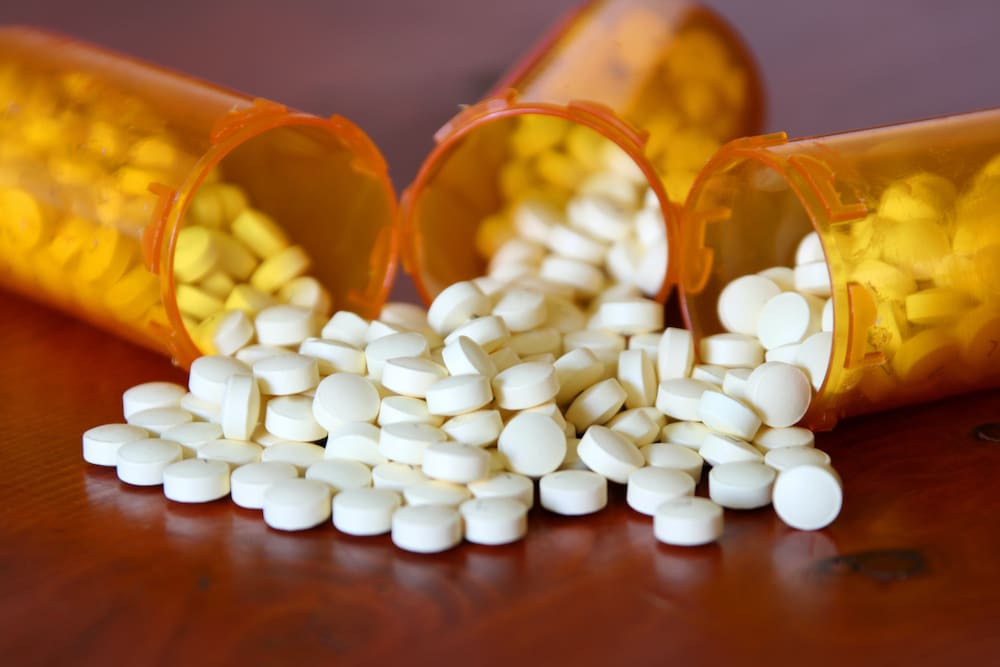
Medicaid Coverage Expansion Leads To Less Opioid Deaths
Hayley Hudson ❘
A 2020 study found that expanding Medicaid coverage resulted in less opioid overdose deaths from heroin and synthetic opioids.
Read More ⟶

by Jena Hilliard | ❘
Compared to urban areas, rural communities in the U.S. face significant challenges to accessing addiction treatment, and this is particularly true in regards to opioid dependence. Opioid addiction treatment often requires daily attendance at an opioid treatment program (OTP) for medication-assisted treatment (MAT). OTPs are facilities that patients go to receive medications and counseling to treat their opioid use disorder under the supervision of physicians and other health care professionals. Although there is a shortage of these programs nation-wide, the gap is most significant in rural areas, where 88.6% of large rural counties lack a sufficient number of OTPs.
Methadone is one of three drugs approved by the Food and Drug Administration (FDA) to treat opioid dependence, along with buprenorphine and naltrexone. Methadone can only be dispensed from US Substance Abuse and Mental Health Services Administration (SAMHSA)–certified OTPs, and because methadone patients must take the drug each day at these federally certified clinics, public health experts and advocates have raised concerns about this type of treatment.
The shortage of treatment options in rural areas has placed barriers on patients who must travel to access MAT. Many individuals in rural counties lack a driver’s license and experience economic strain, which means that the entire household shares one vehicle. Rural communities also significantly lack public transportation systems, forcing patients to rely on friends or family for transportation. Rural clients then often have to ask others for rides to appointments, which can be even more problematic given the distance and rough terrain to reach providers.
Transportation is a big deal. Even if I have a client whose nearest provider is the next county, which may only be 20 minutes or something 20 miles, we don’t have mass transit… Even if you’re highly motivated there’s not a bus to get on. Someone has to have a car, and they have to be willing, and they have to be willing on the day that you need them to go.
Multiple studies have found that rural communities are at a particular disadvantage for accessing care, as those who live closer to a health care facility or can more easily access them have better outcomes. In fact, a small survey of OTP patients in rural Vermont found that 23% missed at least one visit due to lack of transportation. To illustrate the incongruence of treatment access and resulting relapse rates, researchers at the Yale School of Medicine conducted a study to compare the travel distances to OTPs between 500 different urban and rural counties.
For their analysis, Yale researchers measured how far patients would have to travel to access a methadone clinic in states that had been hit particularly hard by the opioid epidemic, including: Indiana, Kentucky, Ohio, Virginia, and West Virginia. Each of these states had the highest opioid-related overdose mortality rates per county in rural America. The scholars found that on average, methadone patients would need to drive about 37 minutes to the nearest opioid treatment program – though travel times ranged as high as 49 minutes in the most rural areas. By contrast, people in the studied urban areas were only about an average of 16 minutes away from their nearest federally qualified health center.
Treatment providers work with many insurances, including:




Check if my insurance covers rehab
Addiction Center is not affiliated with any insurance.
Despite the longer travel time in rural areas, lead study author Dr. Paul Joudrey, notes that patients in urban areas can also struggle to access opioid addiction treatment. “Our drive time estimates in urban counties did not take into account public transportation,” Joudrey says. “And just because drive times are short in urban counties does not mean everyone can get methadone who wants it. There may be other unique barriers in urban counties, such as waitlists.”
According to the study, allowing methadone treatment that’s currently available only in tightly regulated clinics to be provided in primary care settings could improve access to opioid addiction treatment in both rural and urban America. Administering methadone in primary care settings and allowing pharmacy dispensing of the drug to expand access is already standard practice in countries like Australia and Canada. The new research highlights “how rural communities could benefit if the United States moved its methadone policy in the direction of these other countries,” Joudrey says.
Researchers hope the study will inspire policymakers and leaders within the health care system to take action and ensure that effective opioid use disorder treatment is available in rural communities. The study authors maintain that by offering transportation services and integrating methadone prescription into primary care health centers, thousands of lives could be saved in rural America each year.
Last Updated:
Author
Jena Hilliard

Jena Hilliard earned her Bachelor’s of Arts degree from the University of Central Florida in English Literature. She has always had a passion for literature and the written word. Upon graduation, Jena found her purpose in educating the public on addiction and helping those that struggle with substance dependency find the best treatment options available.
Sources